China Cosmetic Safety Assessment Requirements Update
NEW deadline information below
Latest Update:
The National Medicinal Products Administration (NMPA) has just announced a series of optimisations on the management of cosmetic safety assessments in China. The major adjustments includes:
- Classification on cosmetic safety assessment submission requirements to allow low-risk general use cosmetics to only require submission of a safety assessment abstract up-front, with the full report archived by the cosmetic enterprise for future reference.
- Simplified versions of safety assessments receive an extension of acceptance until May 1st, 2025. A measure to minimise duplication of R&D resource investments by cosmetic enterprises.
The NMPA has further indicated they will be providing the following measures:
Strengthen technical guidance and improve cosmetics safety assessment capabilities by develop and publish guidance on:
- Read-across
- Threshold of toxicological concern
- Integration approaches on testing and assessments
- Identification and assessment of possible risk substances in cosmetic raw materials
- Product stability and packaging compatibility requirements
- Preservative efficacy testing requirements
Integrate raw material data and improve the convenience of using raw material data by develop and publish guidance on:
- Cosmetic ingredient data usage requirements
- Index of cosmetics safety assessment data from authoritative organisations
- Information on existing cosmetic ingredient usage
- Raw material data sharing platform and drive collaboration between authoritative organisations and the cosmetic industry
Innovate the mechanism of safety assessment report evaluation procedures to promote speed and quality of cosmetic products to the market:
- Introduce classification on cosmetic safety assessment submission requirements based on risk management principles
- Provide principles of product safety testing in absence of raw material safety data
Promote the construction of safety assessment systems and improve product safety assurance standards
- Strengthen scientific research, technical capabilities and utilisation of new technologies/methods for cosmetic safety assessments
- Guide cosmetic enterprises to continuously improve product quality and safety assurance capabilities
- Support training of professional talents and promote the establishment of a safety assessor qualification system
- Strengthen exchanges and technical cooperation with industry associations, cosmetics companies, cosmetic raw material companies, safety assessment institutions, experts and scholars, etc.
It is expected that these guidance would be made available in the coming 12 months of the transition period extension where simplified version of safety assessment would continued to be acceptable.
Reference: https://www.nmpa.gov.cn/xxgk/ggtg/hzhpggtg/jmhzhptg/20240422172542190.html
If you would like to learn more about how Delphic HSE can help you with the CSAR regulation, monitor the CSAR regulation AND ensure your products are safe and compliant, while on sale in China, please click below.
Latest Update:
The National Institutes for Food and Drug Control (NIFDC) has recently published the final version of Technical Guidelines for Children Cosmetics on 31st August 2023 (in force immediately). In addition, the National Medical Products Administration (NMPA) organised the drafting of the Provisions for Management of Toothpaste Notification Dossiers (Draft for public comments), which was released on 25th September 2023, and open for public comment until 18th October. The subsidiary regulations such as Inventory of Existing Toothpaste Ingredients in China, Toothpaste Classification Catalogues and Technical Guideline for Toothpaste Safety Assessment are currently being drafted by the China Authorities. Therefore, when finalised Delphic HSE will implement these requirements into the related Children Cosmetics and Toothpaste safety assessment services.
From 1st May 2024, only a Full Version Cosmetic Safety Assessment Report will be accepted for submission, which can only use evidence from points 1, 2, and 5 below for safety assessment. For data gaps in systemic toxicity endpoints, Threshold of Toxicological Concern (TTC) and Grouping/Read Across approaches can be applied with some restrictions. And the PET/Challenge test, Stability and Compatibility test results must also be included.
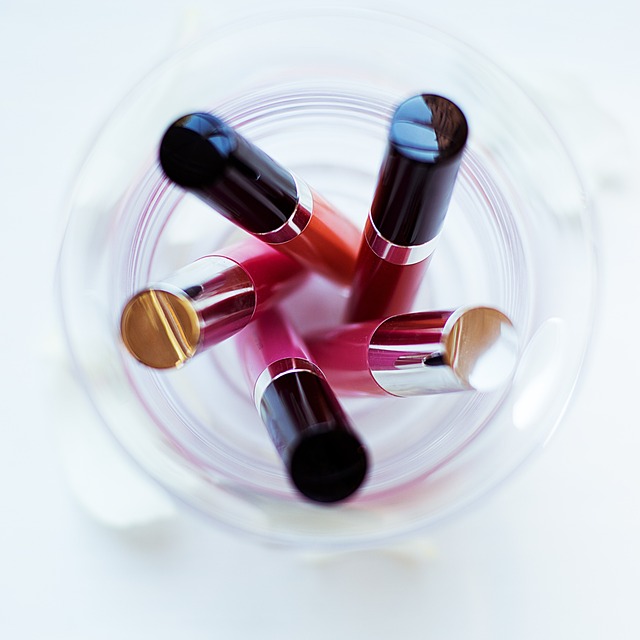
On 19th April 2021, the National Medical Products Administration (NMPA) published the Technical Guidelines for Cosmetic Safety Assessment (2021 Version), aiming to standardise and guide the Cosmetic Safety Assessment. The guidelines came into force on 1st May 2021, and requires that applicants must conduct and submit cosmetic product safety assessment reports since 1st January 2022.
According to the NMPA Technical Guidelines, the safety of ingredients is the precondition of safety of cosmetic products. Risk assessment of cosmetic ingredients includes assessment of ingredients themselves and of the risk substances that may also be present; cosmetic products are generally recognised as a combination of various ingredients and shall be assessed based on all the ingredients and risk substances. If certain ingredients are confirmed to have chemical and/or biological and other interactions, the risk substances generated and/or the potential safety risk arising from the interactions shall be assessed.
The NMPA Technical Guidelines provide both Full Version and Simplified Version examples of cosmetic product safety assessment reports. Prior to 1st May 2024, cosmetics applicants have been able to submit a Simplified version of the product safety assessment report in accordance with the relevant requirements of the Technical Guidelines.
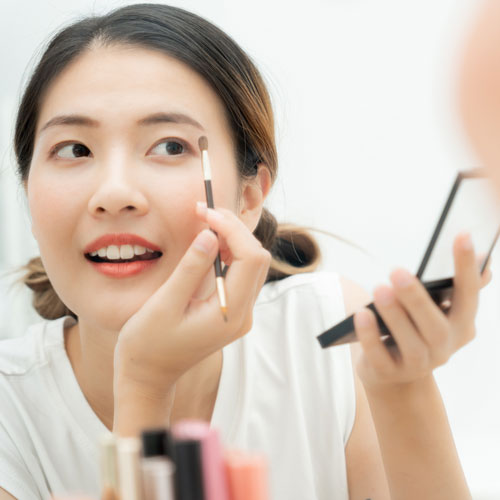
If you would like to learn more about how Delphic HSE can help you with the CSAR regulation, monitor the CSAR regulation AND ensure your products are safe and compliant, while on sale in China, please click below.
Evidence that can be used in Simplified Version Cosmetic Safety Assessment Report (during 2022-2024 transition period) – uses a Ranking Approach to the information required. If a condition is met, then no further information is required during this period.
1st: Regulation control – Safety and Technical Standards for Cosmetics 2015 (STSC 2015)
Any Ingredients which are included in the list of restricted ingredients, permitted preservatives, permitted sunscreens, permitted colorants, and permitted hair dyes in the STSC, are used in line with their usage requirements.
2nd: Conclusions/Opinions/Safe limits announced by domestic and foreign authoritative institutions
3rd: Historical maximum usage levels by the company – for simplified version safety assessment only
4th: Inventory of Existing Cosmetic Ingredients in China (IECIC 2021) historical max. usage levels – for simplified version safety assessment only
5th: Full ingredient toxicological profile
For ingredients and/or risk substances for which none of the above-mentioned types of evidence can be used, they shall be assessed to prove the safety in accordance with the assessment procedure required by the Technical Guidelines.
This constitutes a Full Tox Profile with all toxicological endpoints data (Traditional Safety Assessment with Point of Departure and Margin of Safety Calculations), including Acute Toxicity, Skin and Eyes Irritation/Corrosion, Skin Sensitisation, Phototoxicity, Photosensitisation, Genotoxicity (including mutagenicity and clastogenicity data), Repeated Dose Toxicity, Reproductive and Developmental Toxicity, Chronic/Carcinogenicity, Other Toxicity, etc.
Note: The simplified version of the cosmetic safety assessment report does not require Preservative Efficacy Test (PET), Stability and Compatibility test results.
On 4th March 2021, the National Medical Products Administration (NMPA) published the Provisions for Management of Cosmetic Registration and Notification Dossiers, which stipulates that General Cosmetics may be exempted from submitting toxicological testing report of the product (including animal tests) under the following conditions;
- The manufacturer has obtained a production quality management system, such as Good Manufacturing Practice (GMP) which is issued or certified by the competent government department of the country where it is located. And;
- The product safety risk assessment result can fully confirm the product safety
However, animal toxicological test cannot be exempted in the following circumstances:
1. The product claims to be used by infants and children;
2. The product uses new cosmetic ingredients that are still under safety monitoring;
3. The product is a Special-Use cosmetic;
4. According to the results of quantitative grading, the notifier, domestic responsible person or manufacturer are listed as priority entities for supervision by the NMPA, due to safety concerns.
(Provisions Article 33; in force since May 1, 2021).
Cosmetic safety assessment reports are therefore a mandatory document for any cosmetic products intended to be placed onto China market.
In particular for General Cosmetics that could meet the above conditions, the cosmetic safety assessment report is critical to fulfill product notification requirement, to ensure product safety and exempt the requirement for animal testing.

If you would like to learn more about how Delphic HSE can help you with the CSAR regulation, monitor the CSAR regulation AND ensure your products are safe and compliant, while on sale in China, please click below.
On 16th June 2020, the State Council of the People’s Republic of China issued the Cosmetic Supervision and Administration Regulation (CSAR), which requires that Cosmetics (General and Special Use) must submit Cosmetic Product Safety Assessment Report for product notification or registration. The applicants shall either conduct a safety assessment by themselves or by entrusting a professional institution. The personnel undertaking the safety assessment shall possess professional knowledge related to cosmetics quality and safety and have more than 5 years of relevant professional work experience (CSAR Article 19, Article 21; CSAR was in force since January 1, 2021).
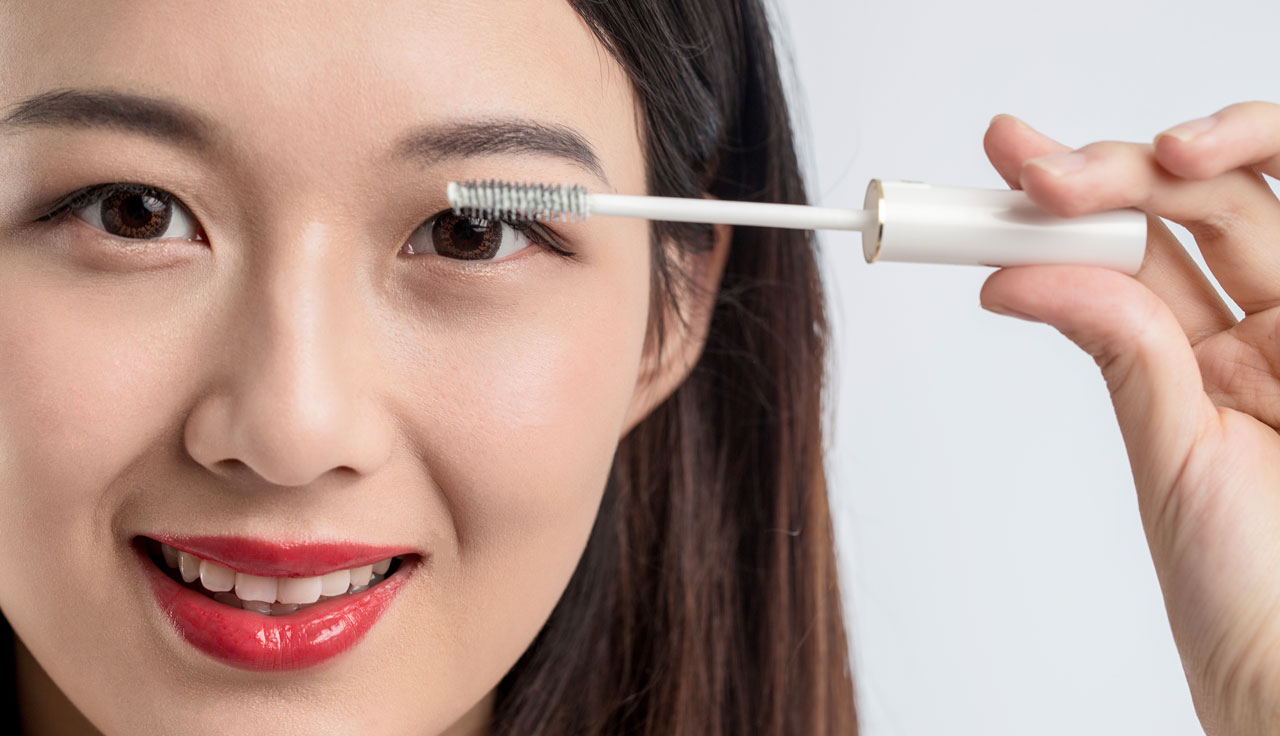
How Delphic HSE can help:
Delphic HSE was the first 3rd party consulting company that participated the China cosmetic safety assessment guideline establishment since 2019, providing sample report content, format, and technical key points suggestions during industry discussions with China authorities. Delphic began the China cosmetic safety assessment service in line with the full version report requirements from the beginning. In June 2021, soon after the new regulations came into force, Delphic issued the first full version cosmetic safety assessment report for China under CSAR for the first General Cosmetic product notifications among the whole cosmetic industry.
Delphic has built up a strong raw material tox profile database in line with the full version cosmetic safety assessment guidelines requirement, which has about 2000+ ingredients tox data in dual language (Simplified Chinese and English) and Delphic has issued more than 700 full version cosmetic safety assessment reports in dual language in the past 3 years. Delphic has extensive experience in addressing China Authorities challenges on cosmetic safety assessment reports and we are also familiar with the Authorities safety assessment report review successful criteria. With the end of the transition period for the simplified version of cosmetic safety assessment report coming, Delphic, along with other cosmetic industry stakeholders, have provided many full version cosmetic safety assessment implementation recommendations to the China Authorities, with the aim of solving key technical difficulties currently faced by the industry. These include, data gaps for many commonly used cosmetic ingredients, the limitations on TTC and Grouping/Read Across applications etc.
Delphic HSE currently offer below China Cosmetic Safety Assessment and Regulation Compliance services:
- Full version of Cosmetic Safety Assessment Report in dual language (Chinese and English)
- Simplified version of Cosmetic Safety Assessment Report in dual language (Chinese and English) – until May 2024
- CSAR Gap Analysis Service
- Raw Material Safety Information Notification (Annex 14) Service
If you would like to learn more about how Delphic HSE can help you with the CSAR regulation, monitor the CSAR regulation AND ensure your products are safe and compliant, while on sale in China, please complete the form below.

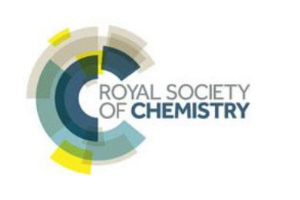

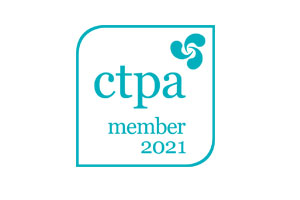
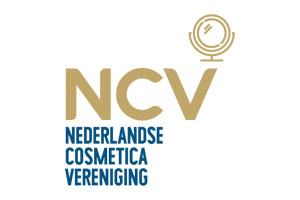
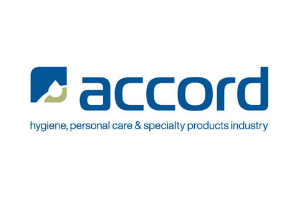
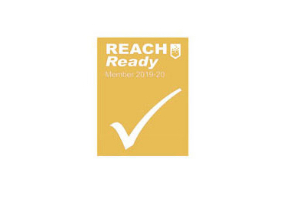
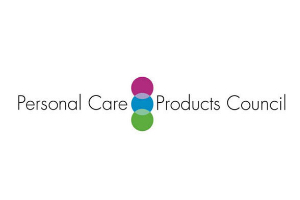

Delphic HSE is proud to be Cyber Essentials Plus certified